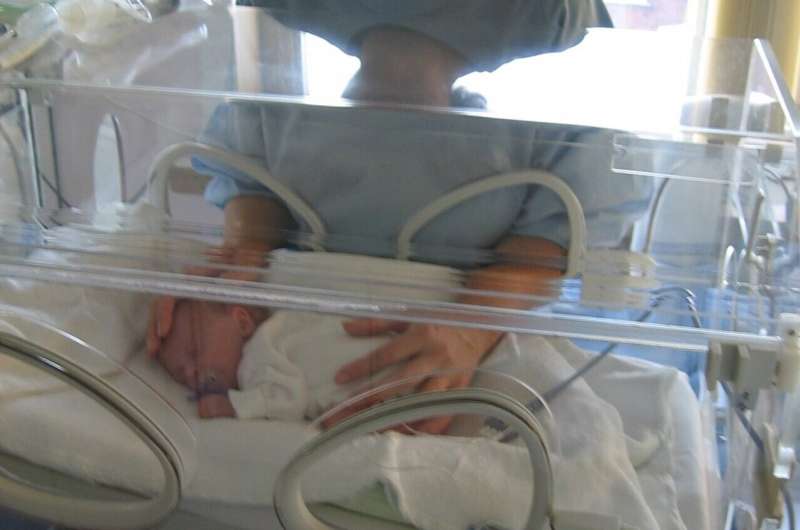New Insights into Ciliary Dysfunction and Its Link to Severity of Bronchopulmonary Dysplasia in Infants

Recent research identifies a link between ciliary dysfunction and the severity of bronchopulmonary dysplasia in premature infants, offering new paths for targeted therapies and improved management of the disease.
Bronchopulmonary dysplasia (BPD) is a serious lung condition primarily affecting premature infants, characterized by ongoing lung injury caused by factors such as barotrauma and oxygen toxicity. Despite existing treatments aimed at protecting lung tissue, managing airway function, and controlling vascular complications, the role of mucociliary clearance— the process by which cilia help remove mucus and pathogens from airways— has remained largely unexplored. Recent research presented at the ATS 2025 International Conference highlights a significant association between ciliary dysfunction and the severity of BPD in infants.
Cilia are tiny, hair-like structures in the respiratory tract that beat rhythmically to propel mucus, debris, and pathogens out of the lungs, maintaining respiratory health. Dysfunction in ciliary motion impairs this clearance process, potentially leading to recurrent infections and progressive lung damage. The newly published study, led by pediatric pulmonologist Dr. Daniel A. Yassa, utilized high-speed video microscopy to analyze nasal ciliary activity in nine infants diagnosed with BPD. Analysis of multiple recordings revealed that infants with severe BPD exhibited notable reductions in the amplitude and angle of ciliary beating compared to those with less severe forms of the disease.
This research suggests that impaired mucociliary clearance may play a pivotal role in the worsening of BPD, providing new insights into its underlying mechanisms. Dr. Yassa emphasized that understanding ciliary dynamics could influence clinical management, help in better classification of BPD severity, and guide the development of novel therapies aimed at enhancing ciliary function. Future studies with larger cohorts and advanced imaging techniques are planned to further investigate how ciliary physical properties impact disease outcomes.
By unravelling the connection between ciliary health and BPD progression, this research opens avenues for targeted interventions that could improve respiratory outcomes in vulnerable premature infants.
Stay Updated with Mia's Feed
Get the latest health & wellness insights delivered straight to your inbox.
Related Articles
Enhancing Brain Health Through High-Fat, Low-Carb Diet: New Research Insights
Emerging research indicates that a high-fat, low-carb ketogenic diet may support brain energy and reduce Alzheimer's risk, especially in genetically predisposed individuals. Discover how personalized nutrition could play a role in cognitive health.
Revolutionizing Brain Research: Graphene-Enhanced Organoids Accelerate Neural Development and Open Pathways for Neurodegenerative Disease Insights
Innovative use of graphene accelerates brain organoid maturation, offering new possibilities for neurodegenerative disease research, brain-machine interfaces, and advanced neurotechnology.
Innovative Zebrafish Model Offers Insights into How Zika Virus Affects Brain Development
A groundbreaking zebrafish model sheds light on how Zika virus disrupts early brain development, revealing potential pathways for treatment and prevention.
Rethinking AD: Should It Stand for Alzheimer’s Disease or Auguste Deter?
Exploring whether 'AD' should honor Auguste Deter, the first patient described with Alzheimer’s Disease, or the discoverer, Dr. Alzheimer. Discover the human story behind this devastating neurological condition.



